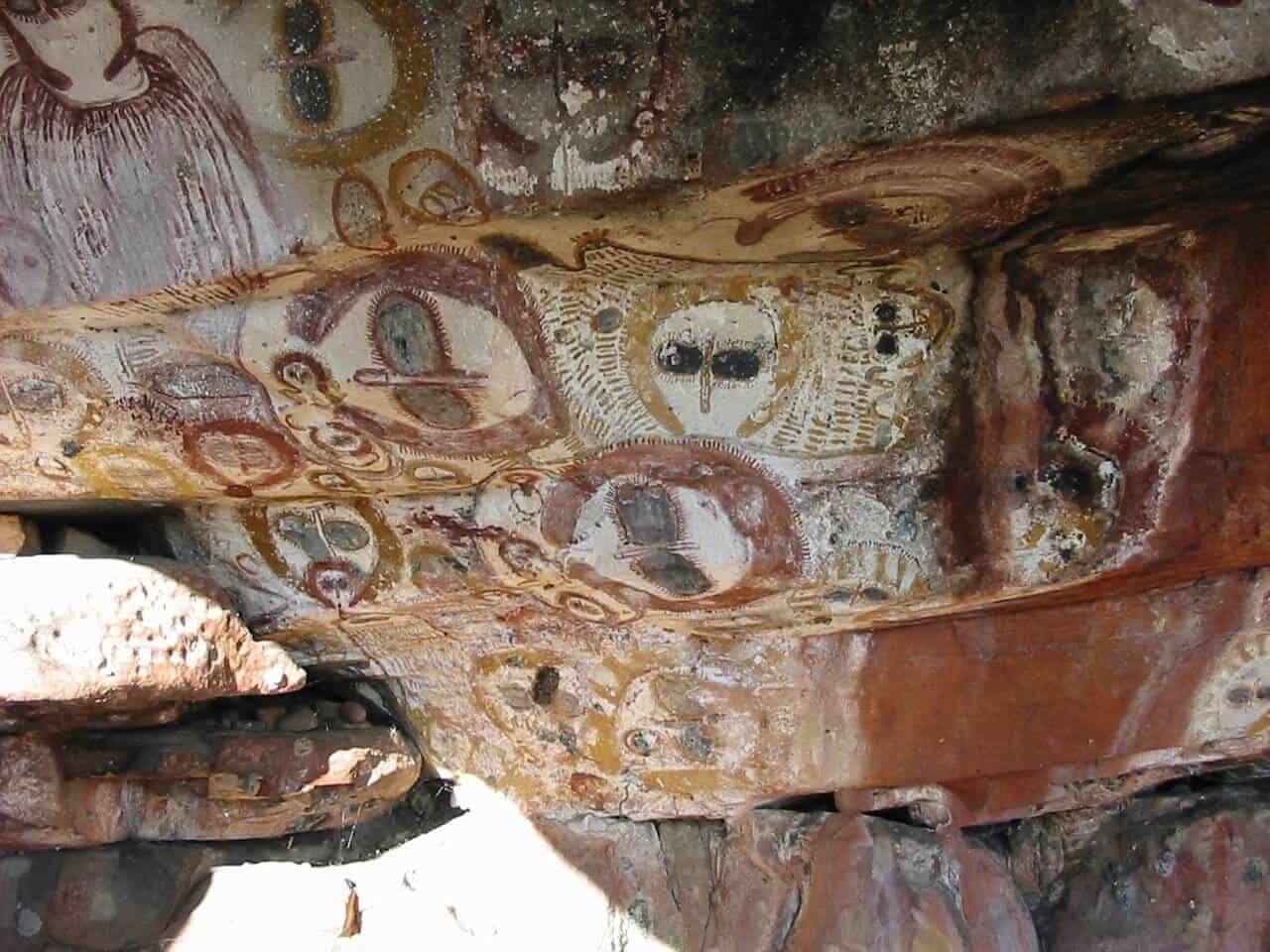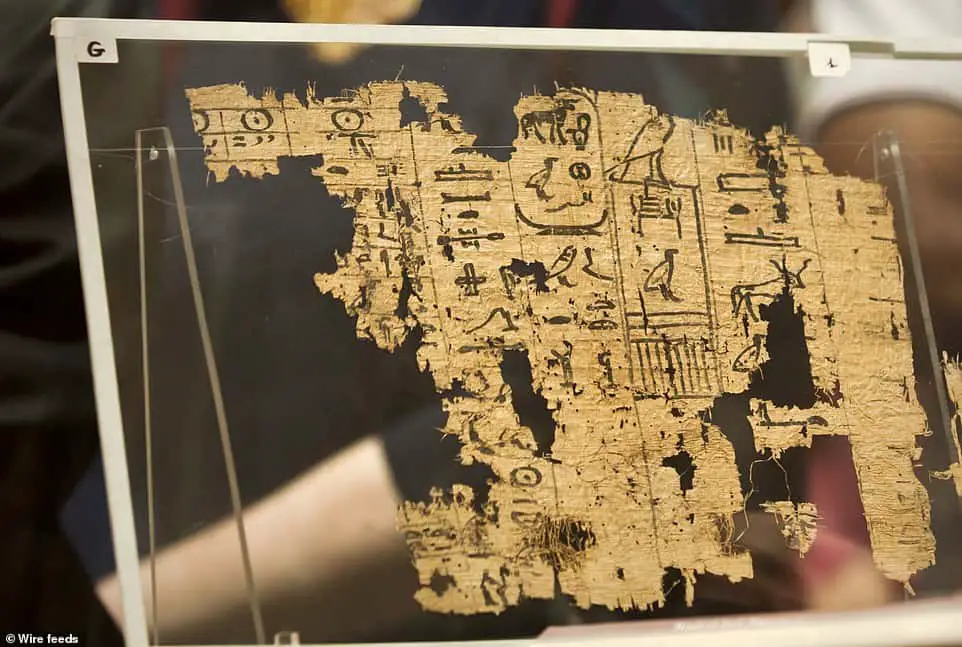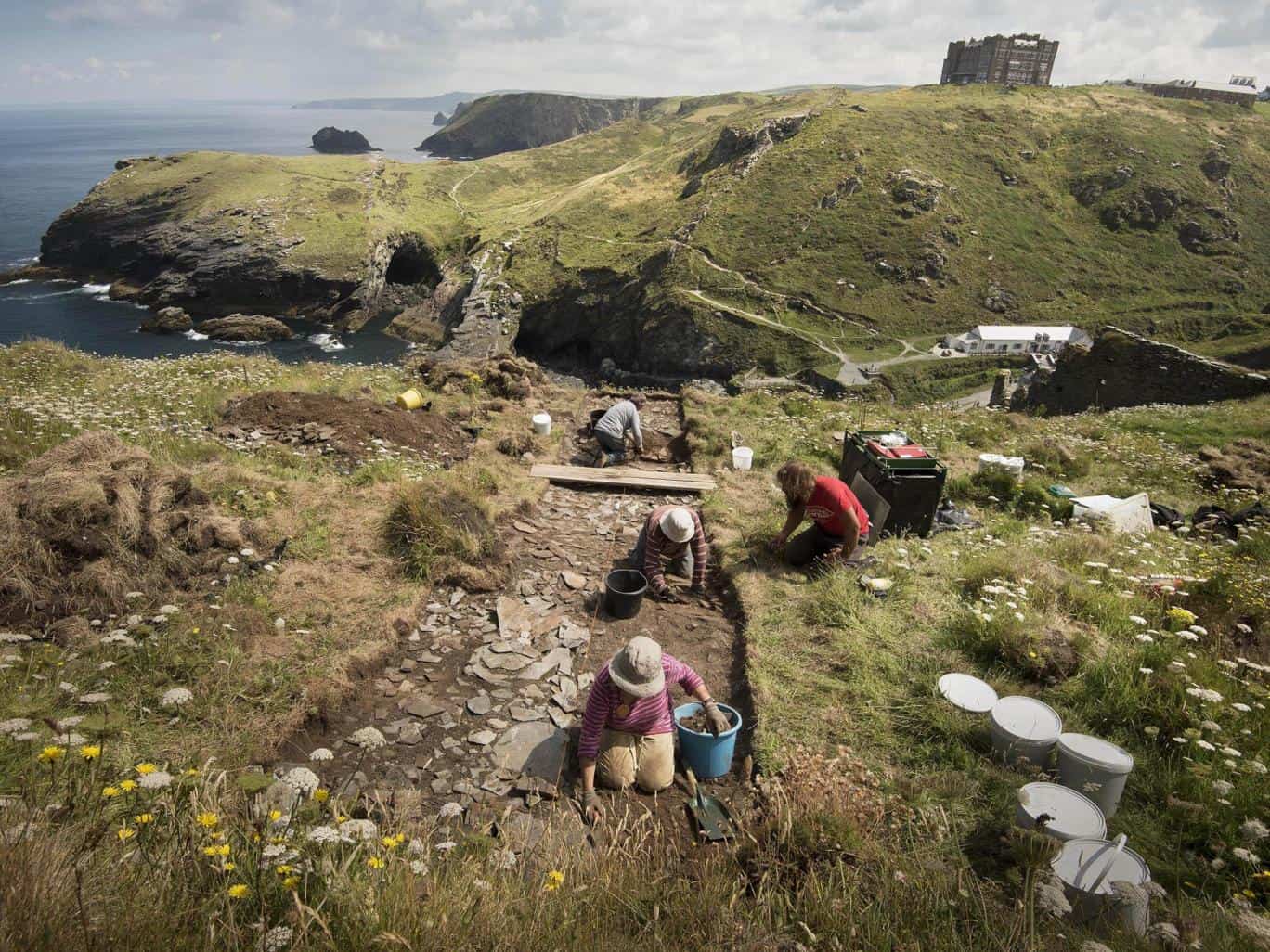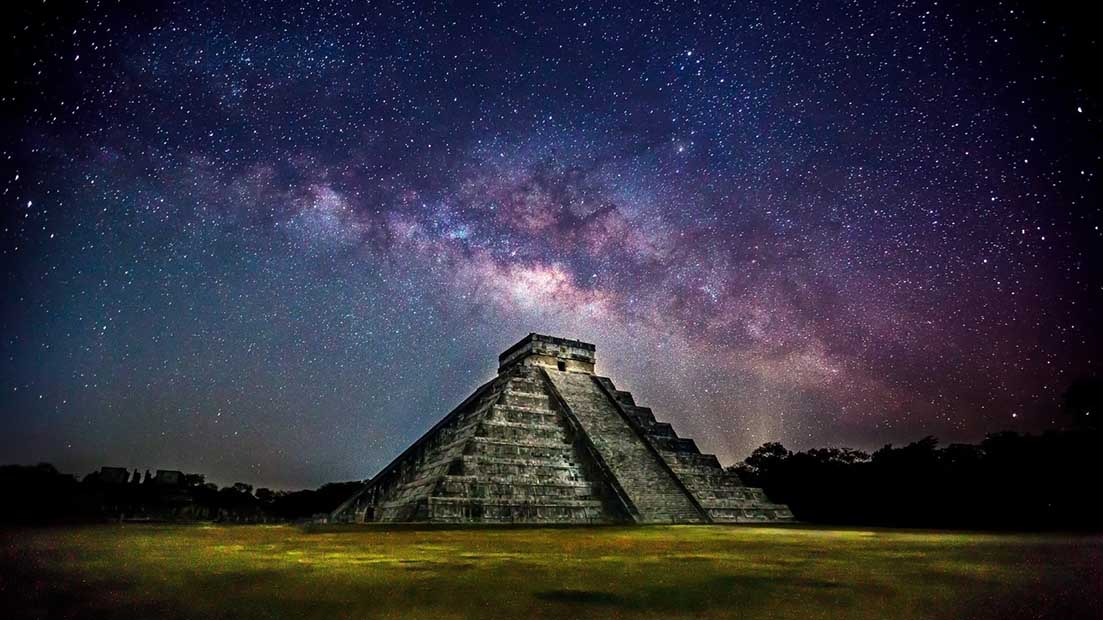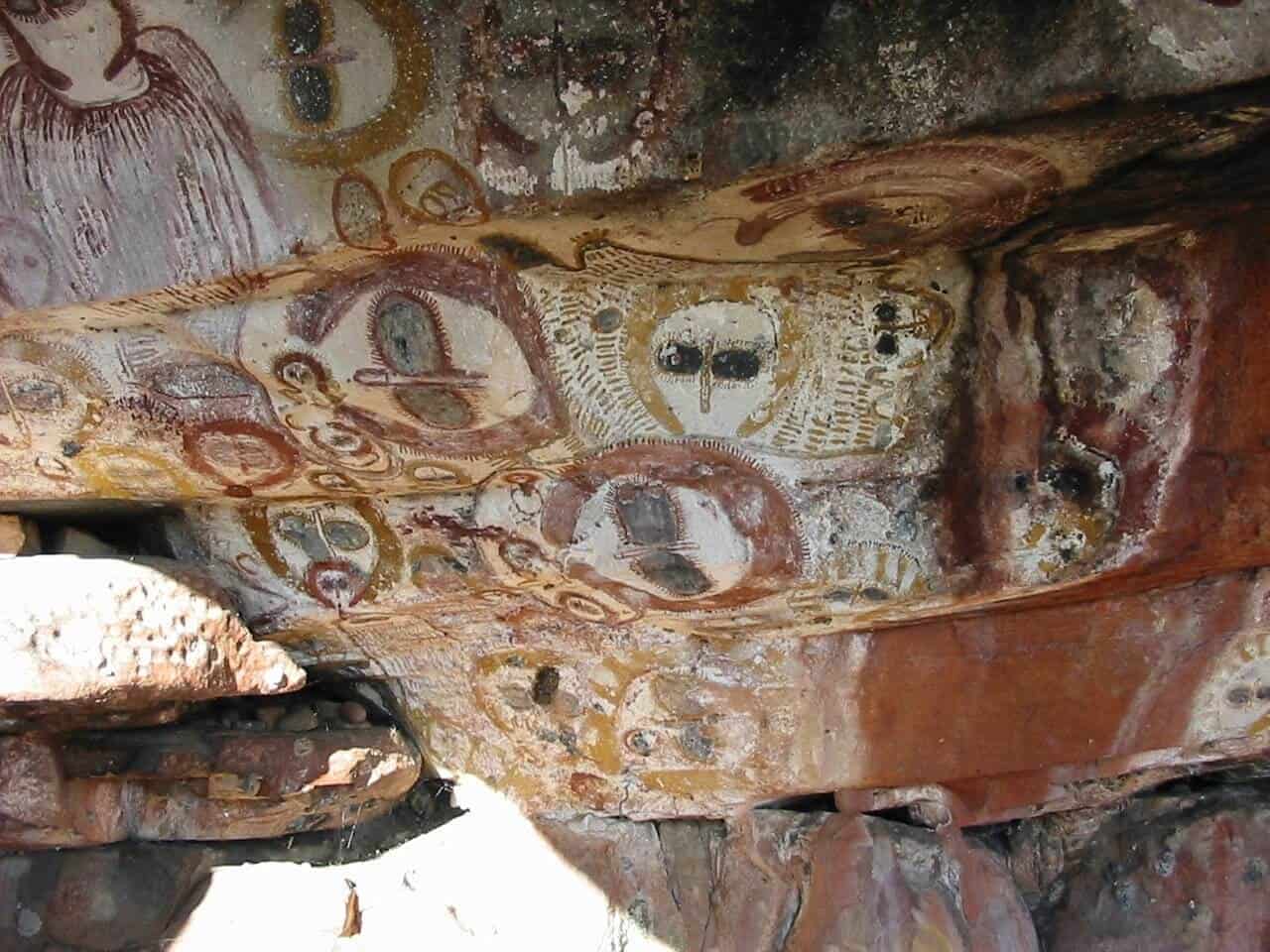
Until now, accurately dating the art was considered impossible due to a lack of organic matter in most paintings which ruled out radiocarbon dating. However, a new method promises to deliver shocking results
Cave paintings of indigenous Australians could be so old that it would take the number one spot as oldest cave paintings on the planet, surpassing by far the extraordinary paintings of the Cave of Altamira (Spain) and Chauvet (France).
Now researchers equipped with the latest technology used in dating, are there to prove it definitively. Researchers estimate that the mysterious cave paintings of ancient inhabitants of Australia could prove to be older than 50,000 years.
Scholars believe that the history of the earliest human cultures in Australia dates back to a period that could go from 50,000 to 80,000 years ago before the arrival of Europeans. Before colonization, there were hundreds of aboriginal groups calling Australia their homeland, each with its own artistic tradition, culture and language.
One of the most incredible cave paintings in Australia are those at Kimberley, located in the northwestern parts of the country. The ancient cave art of Kimberley has hundreds of paintings scattered over 400,000 square kilometers (an area about three times the size of England).
Previous studies suggest that the oldest rock art in the Kimberley is around 17,500 years old, a time period heavily disputed by scholars.
However, other researchers have for years maintained a theory suggesting that the cave paintings at Kimberly, which depict mysterious beings known as the Wanjina, could be over 100,000 years old.
Among the cave paintings found in the region, the biggest depictions measuring up to six meters in height has caught the attention of researchers who have already suggested several theories about who their creators were.
The natives of the region called these strange figures as the “wandjinas”, who were celestial beings that brought civilization and prosperity to the people. Curiously, like many other ancient civilizations worldwide, the “wandjinas” symbol was a feathered serpent. The cave paintings depict curious beings with sandals, something that has caught the attention of researchers since the native population of the region are barefooted. The beings in the cave paintings are also depicted with strange-looking toes varying in number from three to seven toes.
According to news reports from Australia, and as the Sydney Morning Herald Reports, experts are currently analyzing the cave paintings at Kimberley, in order to establish a precise date, when these mysterious cave paintings were created.
Until now, researchers have faced serious issues when trying to precisely date the cave paintings due to a lack of organic material in the paint, which rules out full radiocarbon method.
Instead, experts have opted for a new method for uranium-series dating of rock art.
“The scientific question here is how old these cave paintings are,” said geologist Andrew Gleadow.
“Does this rock art go back just a relatively short while, or does it go back 50,000 years, the entire history of people’s settlement in Australia?”
Prehistoric cave art in Spain and France, is believed to be 40,000 years old and is so far considered the oldest in the world. After all, the prevailing theory maintained by scholars is that cultural expression began in Europe and spread from there. However, the results obtained in Australia could radically change this perception, altering everything we know about history, again.
Speaking to the Sydney Morning Herald, Professor Gleadow said: “If we can say that Australian art is the oldest continuous record anywhere on earth, that is extraordinary.”
“We’ve had a traditional perspective that things all started in Europe and migrated from there. They didn’t necessarily.”
“Kimberley rock art should be held up as one of the greatest cultural achievements in the great saga of human development and migration across our planet,” added professor Gleadow.

